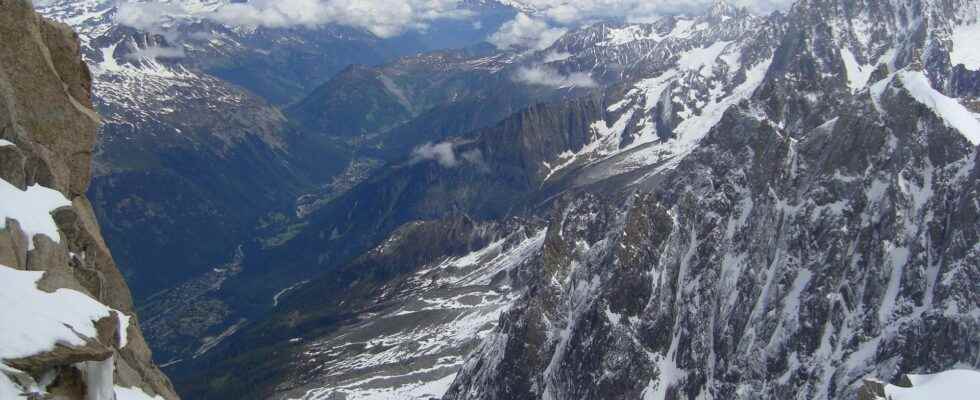The Hercynian range, also called the Variscan range, is a large mountain range that has now disappeared. His training began in Devonian, over 400 million years ago, when the continents came together into one mass mainland, Pangea. This mountain range is thus the result of the collision of two major paleocontinents: Gondwana and Laurussia. Gondwana included the current continents: South America, Africa, India, Australia and Antarctica. The Laurussia was made up of North America (Laurentia), craton Baltic (Baltica) and the microcontinent Avalonia.
A gigantic mountain range
Paleogeographic reconstructions show that this mountain range was certainly comparable to the himalayan range current. It extended over 5,000 km long, 700 km wide and its reliefs could reach 6,000 meters in altitude. In France, relics of its existence are exhibited in several so-called “ancient” massifs, such as the Ardennes, the Armorican Massif, the Massif Central, the Vosges and the Pyrenees. But we find traces of it throughout Europe, from the Iberian Peninsula to Poland, but also in Ireland, England, Algeria and on the North American continent. This worldwide distribution is linked to the break-up of the supercontinent Pangea which started in Trias.
All these regions, now widely distributed, were in fact previously grouped together within Pangea and then underwent significant displacements with the play of tectonic forces. The presence of the Hercynian Range thus shaped the European landscape at the time of its formation, but also influenced the development and orientation of later tectonic structures.
Formation and delamination of the Hercynian chain
The formation of the Hercynian chain dates back to 420-380 million years ago. Unlike the Alps or the Himalayas, the formation of the Hercynian chain is more complex. It results in particular from the closure of three oceans, followed by several continental collisions that took place at different times and in different places.
This collision phase will be followed by a new stage of extensive tectonics in the Carboniferous, around 320-290 million years ago. At that time, the Hercynian chain crossed the Pangea supercontinent from east to west at the level of theequator. THE’orogen then undergoes a NNE-SSO stretch. Several basins open, then the chain is delaminated by the beginning of the bursting of the Pangea in the Permian, which will lead to the opening of the Atlantic, Liguro-Piedmontese oceans (Alpine Tethys) and Valais. These last two oceans will then be closed during the convergence between the African and European continents, a tectonic phase which will end with the Alpine collision.
You will also be interested
Interested in what you just read?
.
fs12
